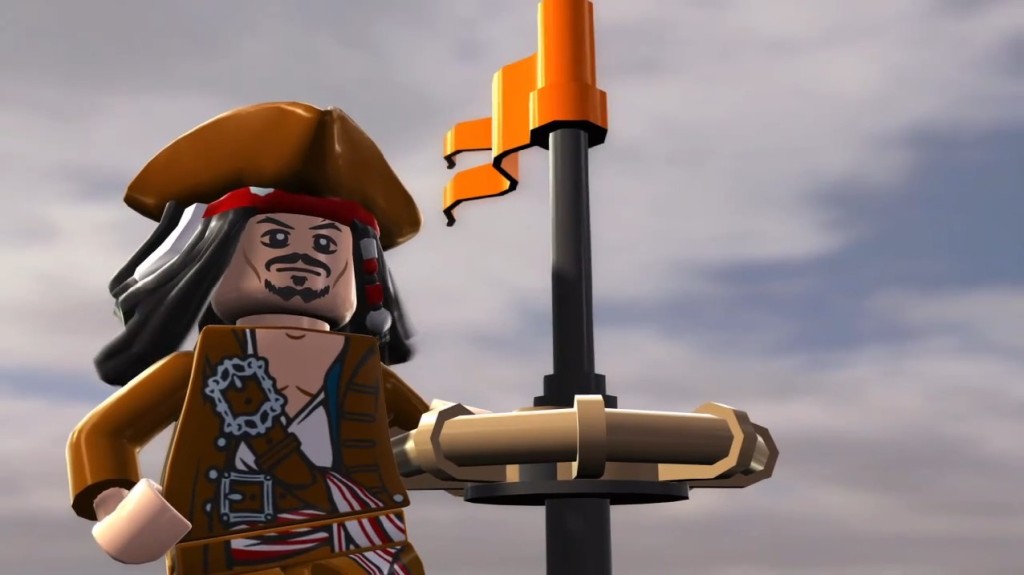Putting Together Lego’s History
October 25, 2013 in Daily Bulletin

Playing with Lego as a kid is something of a given for most people. Just as stepping on Lego bricks is a given for most parents. David Robertson talks us through the history of the global company:
- Lego was founded in 1932 by Ole Kirk Kristiansen. A carpenter by trade, he started with a small catalogue of mainly wooden toys that sold well in Denmark.
- In 1946 he spent 2 years’ profits on a plastic injection-moulding machine, and began tinkering.
- Twelve years later he developed the now-famous “stub-and-tube” system and patented the idea.
- Robertson suggests that Lego is built on two fundamental choices that made it so successful. The first is quality. The second is that Lego is a “system of play”, all Lego bricks should be compatible with each other.
- However, Lego almost went bankrupt in the early 2000s, blamed on lines of toys that just didn’t sell: sets with too little building, action heroes that weren’t macho enough, products based on a tv show that never aired.
- The toy company has since changed its outlook, and returned to Kristiansen’s “system of play”. Lego has cut back on its number of products and made them interchangeable.
If you’re interested in what happened when Kristiansen’s son approved toys without enough coats of varnish, what the most profitable Lego lines are and how Lego is crowdsourcing, click here
Source: Wired
Join the Discussion! (No Signup Required)